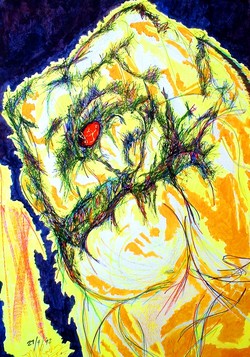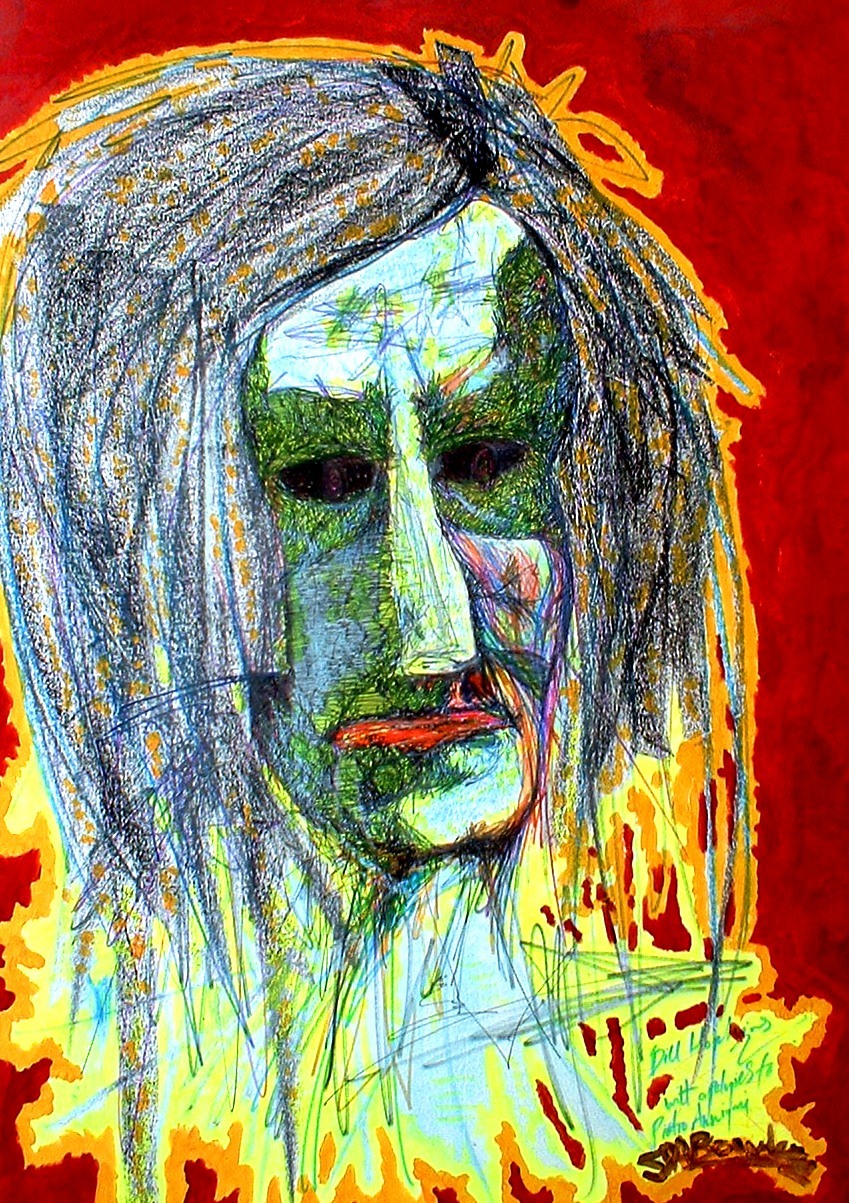Opening Pandora’s Box: An Elitist Defense of Modernism

Source#
From Counter-Currents
Opening Pandora's Box#
I would like to take this opportunity to respond to various postings which have been placed on the website ‘Stormfront’ in recent weeks. I would like to thank those people who have been supportive of my efforts. [. . .] Other correspondents have been less charitable however. [. . .] But amidst all of the silliness and abuse these people are contriving to make a serious point, and this is: the status of modern or modernist art.
This happens to be a completely legitimate debate and one which I will respond to now. What large numbers of western individuals have missed is that a seismic shock went through the art world at the end of the nineteenth century. This was completely adjacent to the creation of photography as both an art and a science.
Once a classic early photographer like Edward Muybridge produced an interconnected series of images featuring Greco-Roman wrestlers and running horses, the world was forever changed. Fine art now had a choice – it either replicated photography badly or in a stylised way which was loyal to a tradition running from Rembrandt to Orpen or it contrived to do something else.
What it did was to go inside the mind and tap all sorts of semi-conscious and unconscious ideas, fantasies, desires and imaginative forays. All these relate to iconic art, religious painting and the art of the occult, spiritualism, pornography and even the images of the insane or the marginally so. It also relates to religious art as exemplified by Pacher, Giotto, Cimabue, Bosch, Brueghel, Grunewald and various modern masters of a similar sort.
The point about this art is that it is highly personal and powerful because it comes from inside. This means that people often of a highly rigid and morally defensive character find this work heretical, blasphemous, evil and even degenerate. (Indeed the theory of degenerate art originates from the 1880s when this change of direction took place). A large number of modern masters like Bacon, Buffet, Ernst, Paolozzi, Balthus, Dali and Labisse have all dealt with these themes.
What has happened to art in other directions is that representational, classical, traditional and academic work has been taken over by cinema. The moving image and the tens of thousands of individual films produced for well over a century now are a testament to this. Great filmmakers like Lang, Hitchcock, Stroheim, Gance, Truffaut, Renoir, Syberberg, and Tarkovsky are all examples of this. They inherit the tradition of representation which has gone elsewhere. In the end you either love or loathe this.

Two regimes in the twentieth century tried to prevent painters and sculptors producing modernist work. These were Nazi Germany and Stalin’s Soviet Union. Both failed. The reasons for this are the dynamism of the modern current – even though German sculptors like Arno Breker and Gustav Thorak were excellent artists but they were also copyists who were returning to the Greeks and Praxiteles. The dilemma which painters and sculptors have faced is either to create purely imaginatively or just to make films in another medium.
Turning to my own work various currents are discernable. These are the demonic, strength and a concern with pure power, ugliness and fury as well as erotica and shape, or purely imaginative formulations. In my own mind the softer material balances the harsher, more violent and aggressive work. Nonetheless, I have also done a large number of relatively traditional pieces which hark back to classic art by Bosch, Rops and Caravaggio. Some are also based on Hellenistic form. Obviously a subjective element intrudes into art, but I believe that modernistic fury is the correct vehicle for elitist and hierarchical values.
I always sign everything I produce – whether in writing, on film or as an image – with my own name.
Jonathan Bowden
